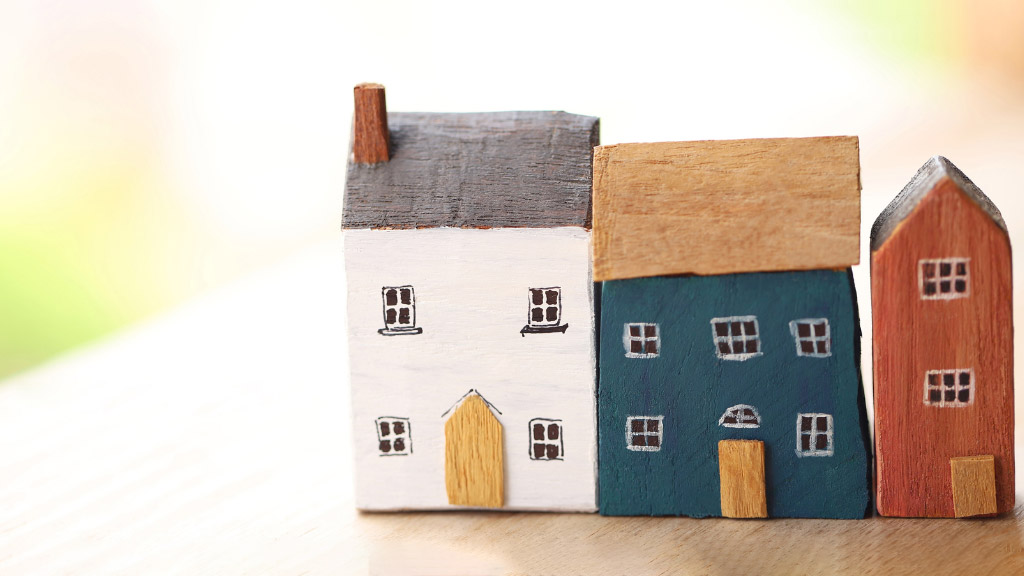Pet-friendly living

For many people, pets aren’t just animals - they’re part of the family. They greet us at the door, keep us company on the couch and somehow manage to take up more space in the bed than seems physically possible.
Whether you’re a dog-lover in the suburbs, a cat-companion in the city or you share your Hills property with everything from chooks to kelpies, creating a home that works for humans and pets can make life smoother, cleaner and a whole lot more fun.
If you’re building new or modifying your existing place, a little forethought can help your furry family feel right at home - while also protecting your investment.
Space to roam and rest - just like people, pets need room to move and somewhere to retreat. That could mean a shady pergola where the dog can nap in summer, or a sunny window seat for the cat to spend their afternoons watching the world go by. Indoors, consider open areas where pets can stretch out, as well as quieter nooks they can claim as their own.
Safe and secure - fences need to be more than just boundary markers - they’re vital for keeping pets safe. A secure fence in the suburbs stops adventurous pups from joining the neighbour’s barbecue, while in rural areas it can help protect animals from wandering stock or wildlife. Gates should latch easily but securely, and if you have small dogs or cats, check there are no tempting gaps to wriggle through (including under a fence).
Paw-proof surfaces - pets can be tough on floors and furniture, so choosing the right materials can save a lot of heartache. Tiles or sealed floorboards are easy to clean and stand up to muddy paws fresh from a walk. Washable rugs and slipcovers can help keep things looking fresh, even after a particularly enthusiastic game of fetch in the garden.
Creature comforts – our local climate can swing from stinking hot to winter-chilly, so it’s worth thinking about temperature control for pets as well as people. Shady outdoor areas, tiled floors, and good ventilation help in summer, while draft-free sleeping spots and access to warm rooms make winter cosier. For older pets, ramps or gentle stairs can make it easier to get onto the bed or into the car without strain.
Built-in pet features – a few well-planned features can make everyday life easier. A dog-washing station in the laundry can save your bathroom from muddy disasters after a romp at the park. Built-in feeding stations can keep bowls from being knocked over, and a cat flap to a safe outdoor enclosure gives feline friends fresh air without the risks of roaming. Even storage for leads, toys and treats can help keep your home organised.
Gardens that work for everyone – if you’ve got a green thumb, you’ll want to make sure your garden is pet-friendly too. Some plants common in SA gardens - like oleander or certain lilies - can be toxic to animals. Opt for hardy, non-toxic plants and create paths where pets can patrol without trampling your vegies - and if you’ve got a digger, a dedicated digging spot might just save your prized flower beds.
Why a building consultant can help - making a home pet-friendly is about more than just adding a dog door. A building consultant can help you choose the right materials, provide advice about layouts that keep everyone comfortable and help you to integrate pet features without sacrificing style. They can also provide guidance to that any modifications meet local council requirements - because even the best pet-friendly plan needs to be practical and compliant.







